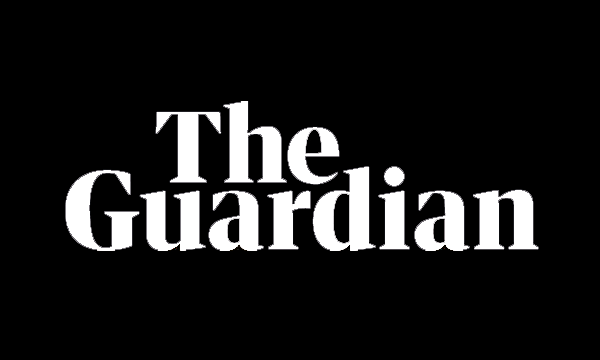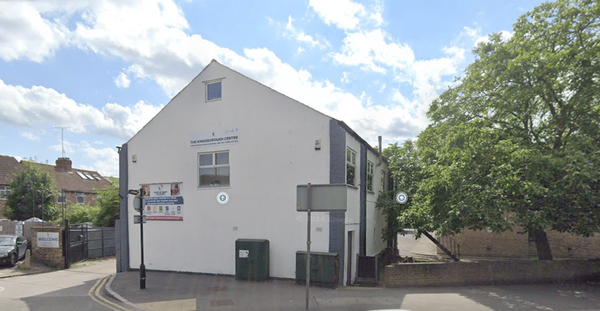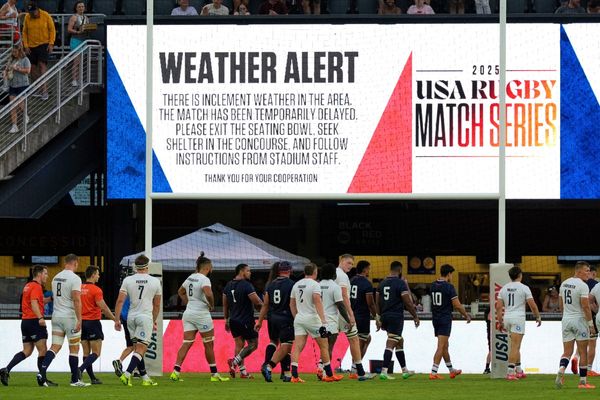
DJI has long been one of the most popular drone makers in the world. The Chinese company offers drones that come with a variety of automation features and solid designs. And with high-end cameras to boot, they offer an outstanding value for most uses.
But DJI is not alone.
GoPro, a company that built its name on action cameras that allow you to capture photos and videos when you’re out on the slopes, running through town, or just enjoying the outdoors, is also in the drone space. And although the company’s Karma drone doesn’t have the same brand notoriety as DJI’s drones, it has several features drone shoppers will like.
Design
The Mavic Pro and GoPro Karma are clearly two very different looking drones.
The Mavic Pro is a compact drone with a silver finish. It has four propellers and is small enough to fly both indoors and outdoors. It can also be tightly folded back up, so you can carry it with you without taking up too much room in a bag.
Overall, the Mavic Pro weighs 1.62 pounds. Diagonally, it measures more than 13 inches.
GoPro’s Karma is similarly compact with four propellers around its white and black design. The Karma is a small drone that can be easily flown both indoors and outdoors and it comes with an area to input — and safely keep — a GoPro camera.
The Karma is 12 inches long. It weighs 2.2 pounds.
It’s hard to pick a winner here. Both drones are small and come with nice designs. But at 2.2 pounds, the Karma is a little on the heavy side, so we’ll go with the Mavic Pro.
Winner: Mavic Pro
Ease of Use
If you’re an amateur drone flyer, you’ll want to be careful with either the Mavic Pro or the Karma. Both drones are sophisticated devices that will deliver outstanding performance — if you know how to use them.
The Mavic Pro is controlled from your iPhone or Android-based device. You’ll need to download an app to your Android device or iPhone and insert your smartphone into the bundled controller to control your drone. When you fly, you’ll need to look at your phone’s screen to see what your camera is looking at, access controls, and more.
GoPro’s Karma comes with a controller that allows you to completely control the drone without ever needing additional software or your smartphone. It has a 5-inch screen with a 720p resolution, however, so its quality might not match what you’d get from a high-end smartphone. It’ll last four hours on a single charge, though, so it’ll survive several trips before it runs out of charge.
Overall, then, the GoPro Karma’s controller is tops.
Winner: GoPro Karma
Features
Apps
The Mavic Pro relies upon DJI’s mobile DJI Go app to help you access your content and control your drone. Similarly, the GoPro Passenger App is available on Android and iOS to let you see its video feed while you’re flying. And if you have a “co-pilot,” they can control the camera while you’re flying.
Winner: Draw
Automation Tools
If it’s automation tools you want, both the Mavic Pro and the GoPro Karma are good choices.
The Mavic Pro has a feature that will lock onto a person or object and follow it wherever it goes. It also includes a No Fly Zone option, so you never run afoul of local regulations, and when the battery starts to run low, it’ll automatically return to you to ensure it lands safely and without incident. Add that to obstacle avoidance features and a variety of sensors that are designed to keep your drone safe, and it’s a real winner.
GoPro’s Karma drone has some similar automation features. For instance, if you want it to follow you, you can set the Karma to lock onto the controller and match it wherever you go. Like the Mavic Pro, the Karma also includes a tool that will help beginners quickly learn how to fly the drone. And as discussed, if you want a co-pilot, the Karma is a solid choice.
Still, the Mavic Pro has an outstanding selection of automation tools. And if you’re in the market for that, the Mavic Pro is best.
Winner: Mavic Pro
Indoor vs Outdoor Flying
When it comes to indoor flying, you need to remember to stay safe and get approval from people in the room before you do so. You’ll also want to fly it in wide open spaces where chances of you damaging your drone or the building are less likely.
Indoors, both the Mavic Pro and Karma are small and easy to maneuver. In that regard, they’re even.
Outside, however, the Mavic Pro, has a controllable range of over 4 miles and can fly thousands of feet in the air. It can fly at 40 miles per hour.
GoPro’s Karma drone also comes with impressive outdoor specs. It can fly at a height of 10,500 feet, which is good, but can’t quite match the 16,404 feet a Mavic Pro can fly at. You can control the drone from a distance of up to 9,840 feet.
Winner: Mavic Pro
Battery Life
According to DJI, the Mavic Pro comes with up to 27 minutes of flight time on a single charge.
The GoPro Karma, on the other hand, can deliver up to 20 minutes of flight time.
Winner: Mavic Pro
Camera Quality
Video
The Mavic Pro can record video at up to a 4K resolution and can record content at 30 frames per second. According to DJI, you can expect the Mavic Pro to come with a 60Mbps bitrate and an ISO range of 100 to 3200.
The Mavic Pro’s field-of-vision is 78.8 degrees.
GoPro’s Karma is a different story. Unlike the DJI Mavic Pro, which comes with a camera built-in, the Karma is compatible with one of three GoPro cameras: the Hero4 Black & Silver, Hero5 Black, and Hero6 Black.
The Hero6 Black is the best of the bunch and can record video in 4K. However, at $400, it’ll add a significant cost to your overall drone price.
Given that — and the additional step you’ll need to take to get your drone in the air — I’d opt for the Mavic Pro.
Winner: Mavic Pro
Photo
The Mavic Pro’s camera boasts a 12-megapixel sensor with ISO ranges from 100 to 1600. You can save your photos in JPEG and DNG. You can also capture photos in single-shot, burst shooting, auto exposure bracketing, EV bias, and interval.
Again, the GoPro Karma doesn’t come with a camera. So you’ll need to use the camera technology available in the aforementioned GoPro shooters. It’s not ideal, but with a 12-megapixel sensor and RAW support, GoPro’s Hero6 Black would be a good choice.
Winner: Mavic Pro
Price
Overall, the GoPro Karma offers a nice value. And if you opt for the device with the Hero6 Black, you can get the bundle for $1,000.
DJI’s Mavic Pro costs $1,000, too.
Winner: Draw
Final Verdict
Both the Mavic Pro and the GoPro Karma offer nice features in their own right. The DJI Mavic Pro is a self-contained drone that comes with everything you need out of the box. The Karma, which can come in a bundle with the Hero6 Black camera, gives you a bit more control over your camera choice.
Still, it’s the Mavic Pro’s combination of high-end automation features and outstanding performance that put it over the top. You really won’t go wrong with either drone, but if you want one that will fly higher, for longer, and with more features in flight, the Mavic Pro is tops.
Overall Winner: Mavic Pro







